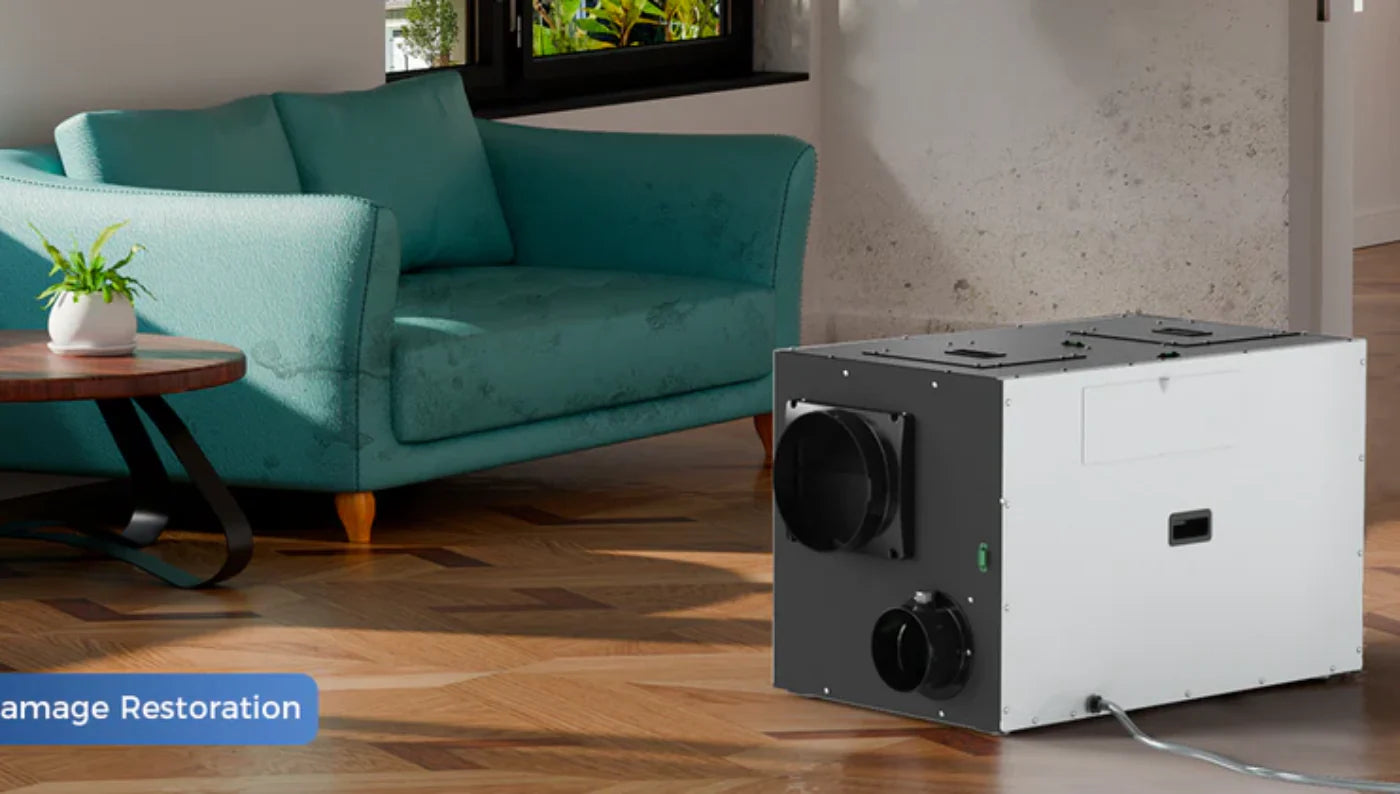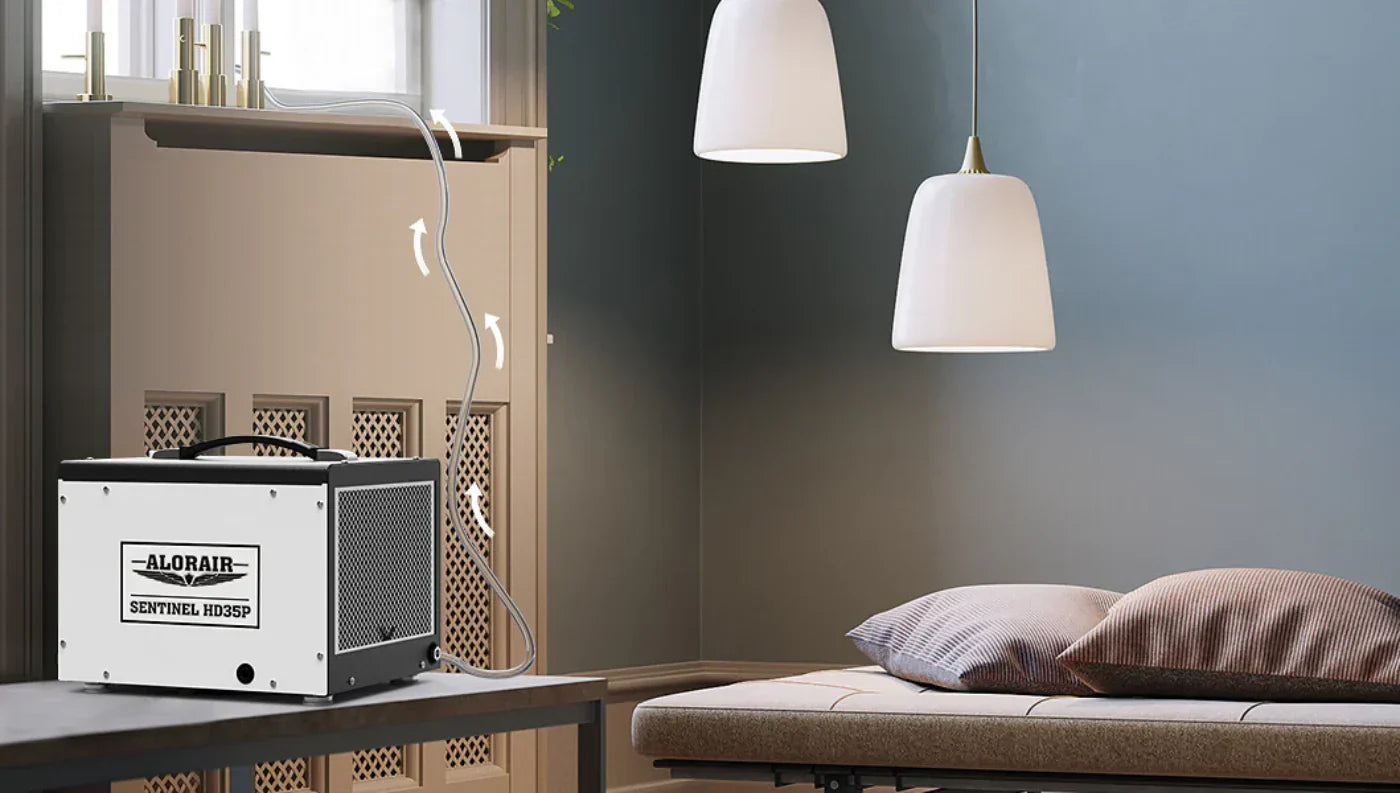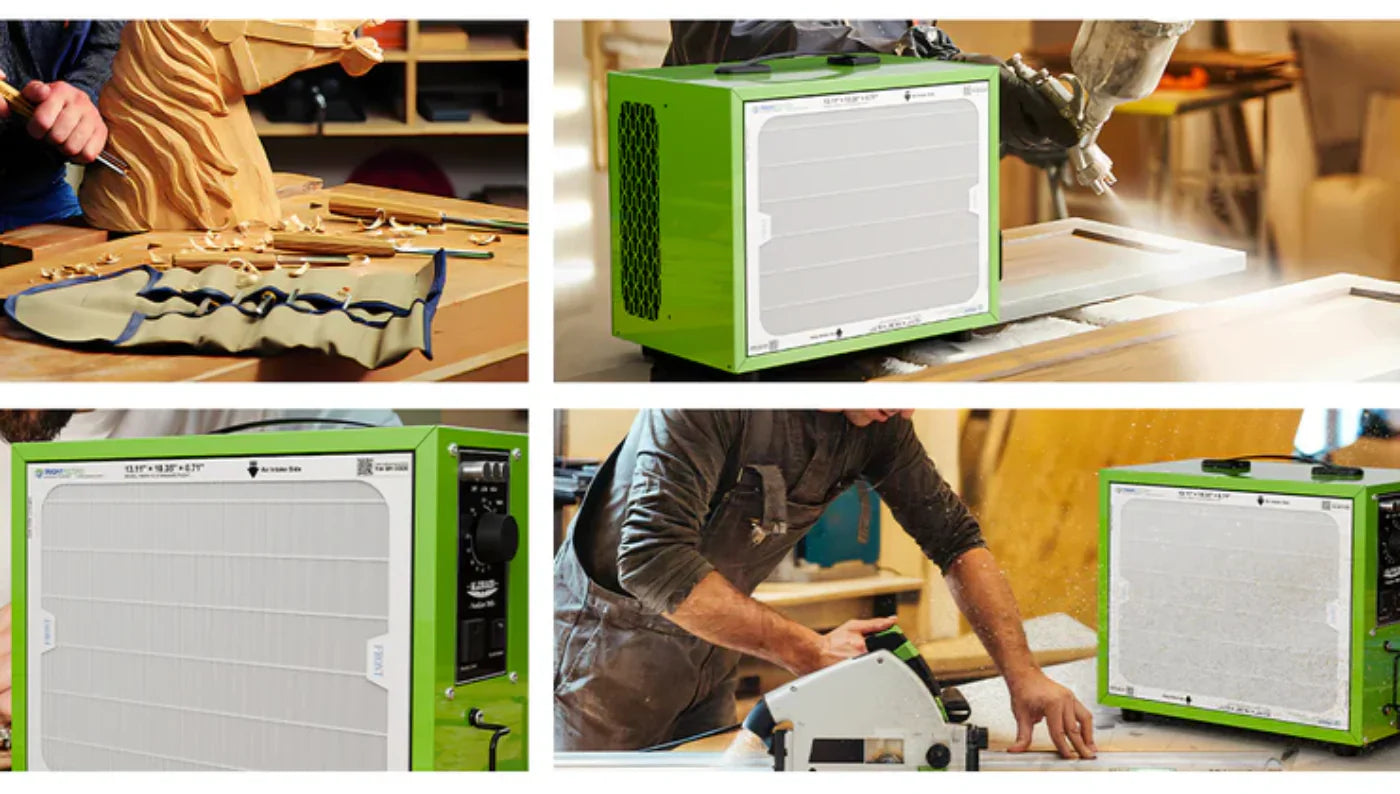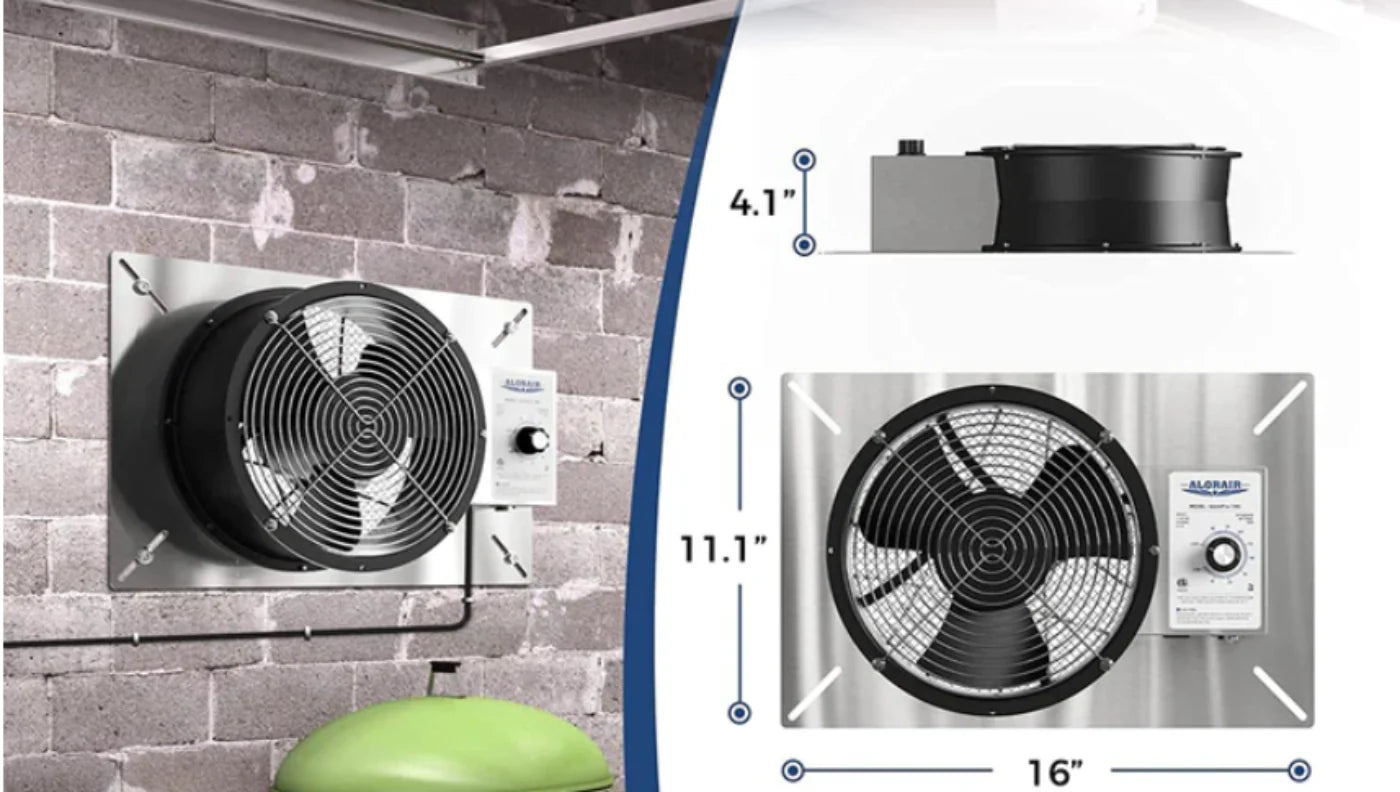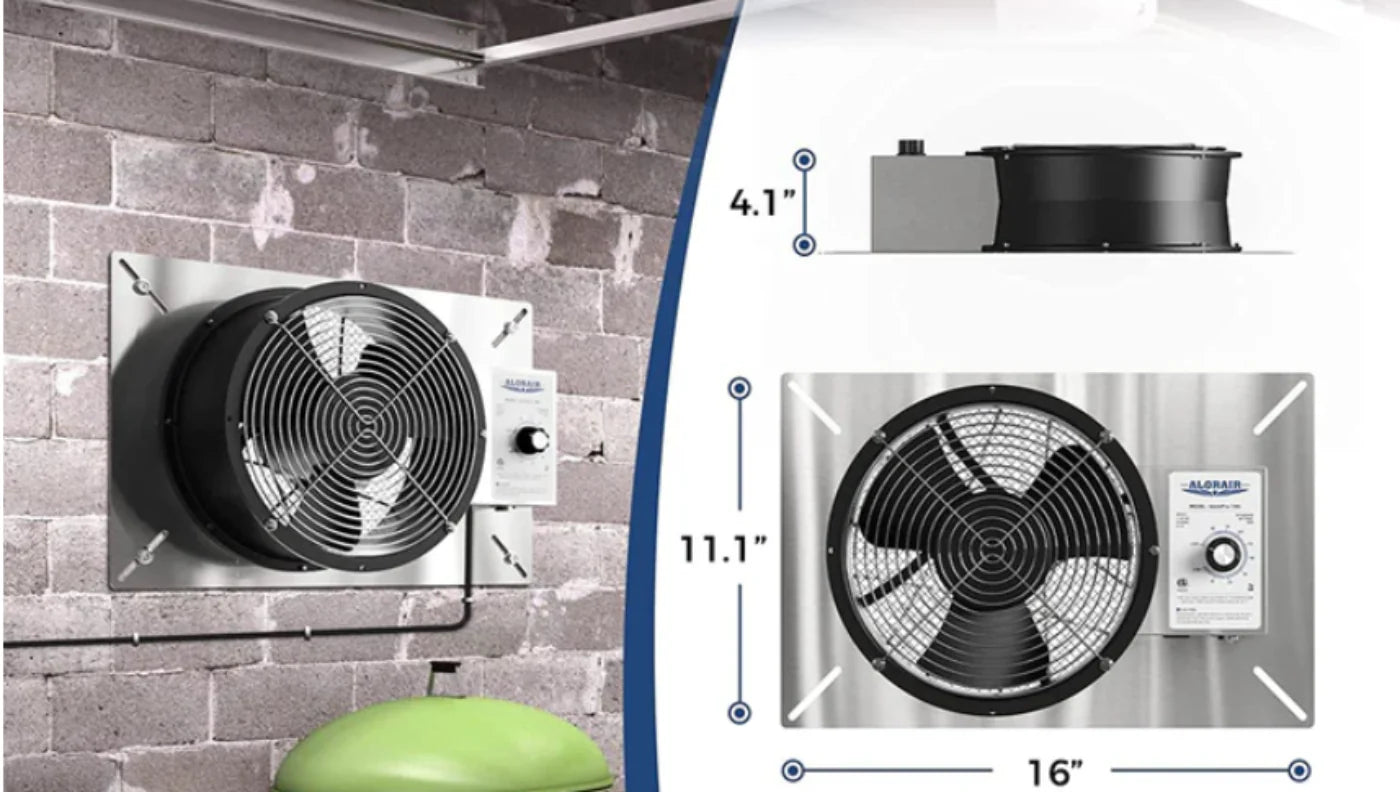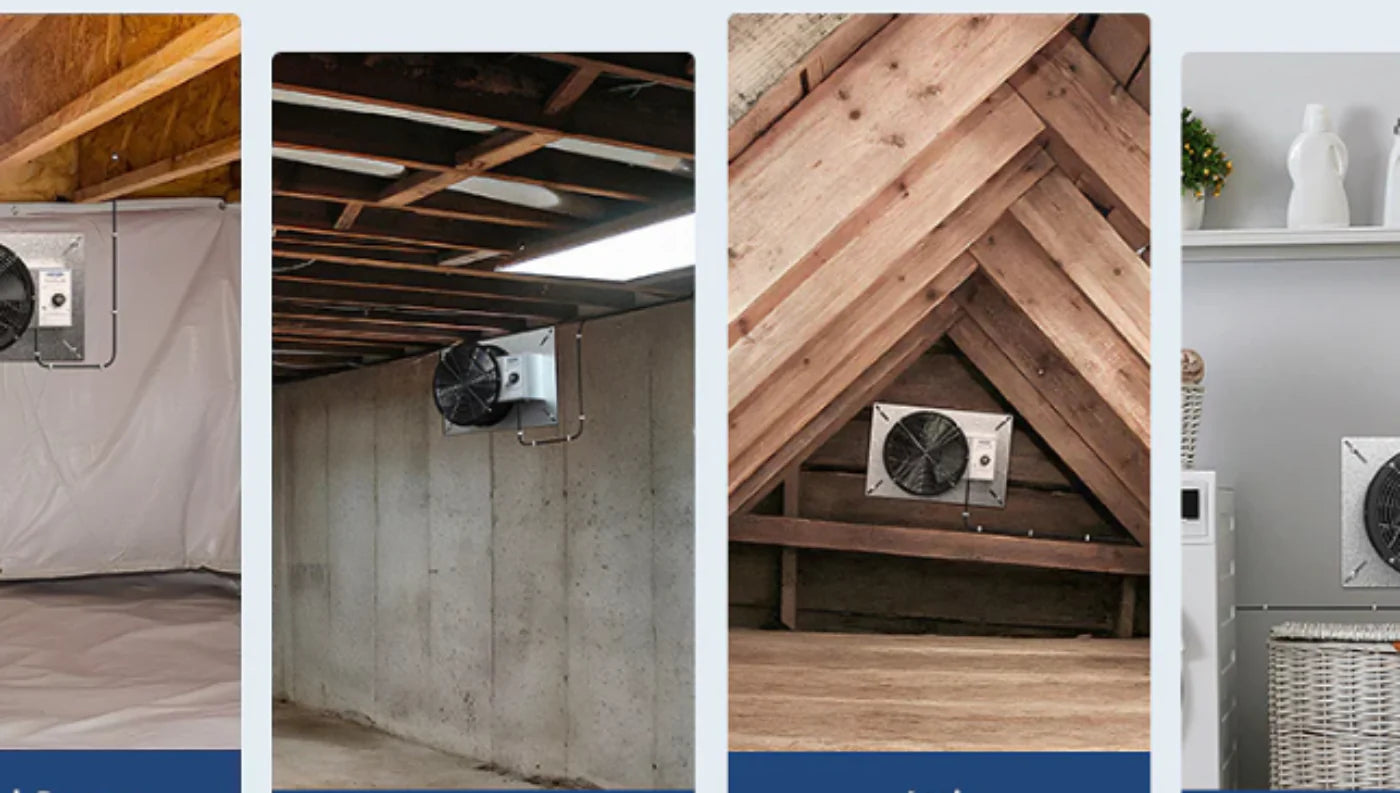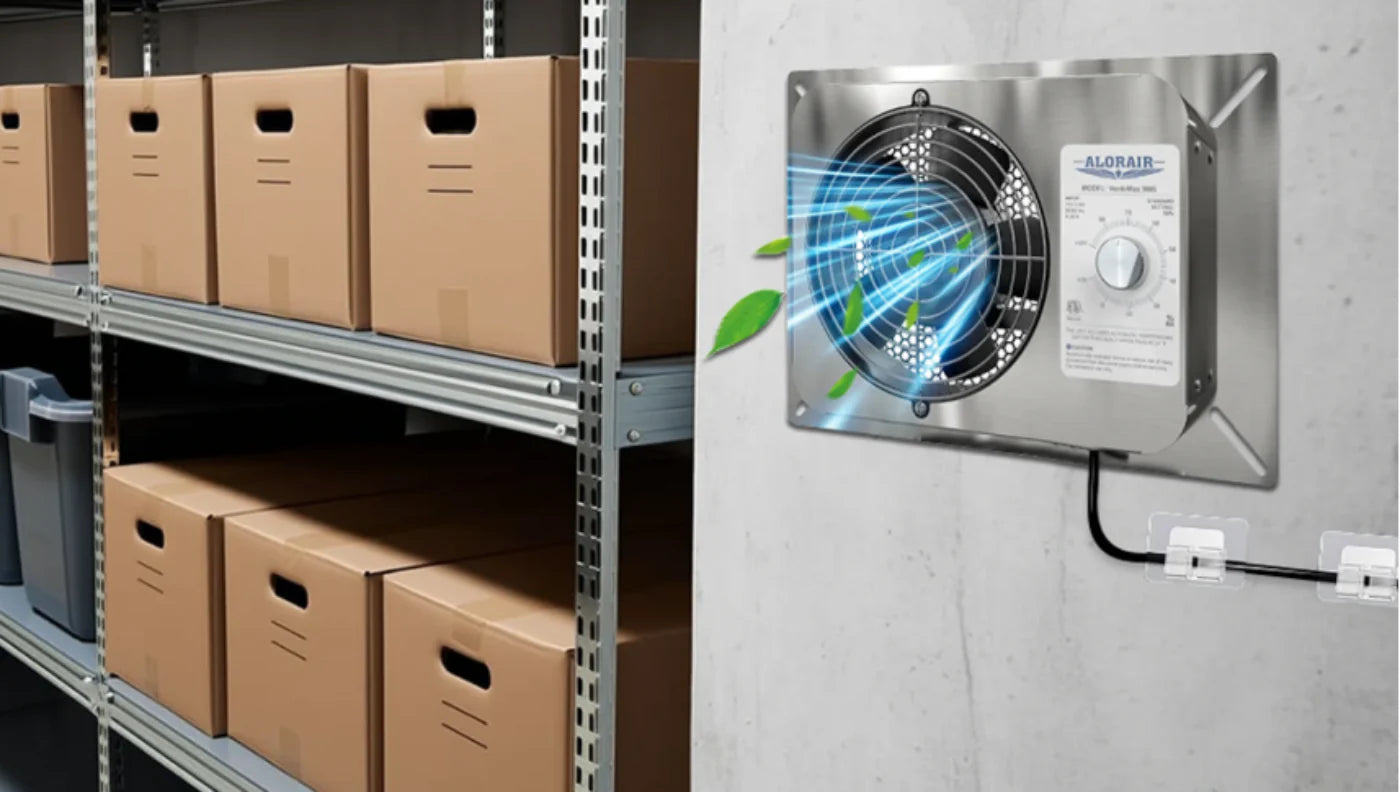We spend a lot more time indoors than we used to, so indoor air quality is important for our general well-being. While many of us focus on keeping our homes clean and tidy, we often overlook the importance of proper ventilation. This is where ventilation fans can be a lifesaver. What does a ventilation fan do, and do you need one in your home? Let’s take a closer look at this often-overlooked aspect of home maintenance.
How Ventilation Fans Work?
Ventilation fans work by creating air movement. In the case of exhaust fans, they pull air from inside a room and expel it outside. This creates negative pressure, which then draws fresh air in through small openings in your home's structure. Intake fans work in the opposite way, pulling fresh air in and creating positive pressure that pushes stale air out.
The process is simple but effective. By constantly moving air, these fans help maintain a healthy balance of fresh air in your living spaces. Key components of a ventilation fan:
- Motor
- Set of blades
- Housing unit
- Ductwork (for expelling air outside)
The size and speed of the blades determine the fan's capacity, usually measured in cubic feet per minute (CFM).
Benefits Offered by Ventilation Fans
Installing ventilation fans in your home offers several key benefits. They help improve indoor air quality by circulating fresh air, which is crucial for respiratory health. By reducing moisture, they also prevent mold growth, protecting both your health and the structure of your home.
Ventilation fans enhance comfort by controlling humidity and eliminating odors, making your living spaces more pleasant. Additionally, they contribute to energy efficiency by optimizing airflow, which can reduce reliance on air conditioning systems. Overall, these fans offer a simple way to boost comfort, protect your home, and promote well-being.
By removing pollutants, controlling humidity, and promoting air circulation, ventilation fans create a healthier living environment. They can even help reduce energy costs by lessening the workload on your HVAC system.

Signs You Need a Ventilation Fan?
If you're wondering whether your home needs a ventilation fan, there are several signs to look for. Unpleasant odors, like musty or stale smells, can indicate poor airflow. Moisture issues, such as condensation on windows or walls, along with visible mold or mildew, are also red flags. Increased dust accumulation and health symptoms like allergies or respiratory irritation might suggest the need for better air circulation.
High humidity levels, particularly in bathrooms or kitchens, can make these areas feel muggy, while peeling paint or foggy mirrors after showers are other indicators. If you notice any of these, installing a ventilation fan could be a smart move.
Where Should You Install Ventilation Fans?
While ventilation can benefit any room, certain areas in your home need it more than others:
- Bathrooms
- Kitchens
- Attics
- Basements
- Garages and workshops
- Laundry rooms
Top Ventilation Fan Options
When it comes to choosing a ventilation fan for your home, AlorAir offers several high-quality options to suit different needs:
1. ALORAIR 260CFM Crawl Space Ventilator Fan
For smaller crawl spaces or areas with less severe moisture issues, this compact fan provides efficient ventilation without excessive power consumption.
2. ALORAIR 540 CFM IP-55 Grade Crawlspace Ventilation Fan
Perfect for medium-sized spaces, this fan offers a good balance of power and efficiency. Its IP-55 rating makes it resistant to dust and water, ensuring longevity even in challenging environments.
3. ALORAIR 720 CFM High Flow Powered Crawl Space Ventilation Fan
This powerful fan is ideal for larger crawl spaces or basements. With its high airflow capacity, it can quickly remove excess moisture and improve air circulation in bigger areas.
Each of these fans is designed to address specific ventilation needs, from large-scale moisture control to maintaining air quality in smaller spaces. When selecting a fan, consider the size of your space and the severity of your ventilation needs.
Choosing the Right Ventilation Fan
Selecting the right ventilation fan for your needs involves considering several key factors. Start by assessing the room size and matching the fan's capacity to the space's dimensions. The CFM (cubic feet per minute) rating is crucial in determining the appropriate airflow capacity.
As a general guideline, aim for at least 1 CFM per square foot of room area. Noise level is equally important for comfort; opt for fans with low sone ratings, ideally 1.0 sones or less, to ensure quiet operation.
Energy efficiency should be a top priority, so look for ENERGY STAR-certified fans to minimize power consumption. Consider additional features that can enhance functionality and convenience, such as humidity sensors, timers, or motion sensors.
These can significantly improve the fan's performance and user experience.
Before making your final decision, verify that the fan's duct size is compatible with your existing ductwork to avoid installation issues.
By carefully evaluating these factors, you'll be well-equipped to choose a ventilation fan that not only meets your home's specific needs but also provides optimal performance and comfort. Remember, the right fan can make a significant difference in maintaining a healthy and comfortable indoor environment.
Cost of Installation and Operation
When thinking about ventilation fans, it’s helpful to consider both the upfront and ongoing costs. Basic fans for small rooms can start at $50, while more powerful models for larger areas, like basements or attics, might cost over $400.
Installation Costs:
For simple installations, like replacing an existing fan, DIY options keep costs low. But for new installations involving ductwork or wiring, you’ll likely need a professional, with costs ranging from $150 to $500.
Operation Costs:
Running a ventilation fan is generally inexpensive. Most energy-efficient fans use less than 100 watts, adding about $1-2 to your monthly bill if you run for 8 hours a day. ENERGY STAR models can further lower these costs.
Potential Savings:
Though there’s an initial investment, ventilation fans can save you money in the long term. They help prevent issues like mold and peeling paint, and by improving airflow, they can reduce the strain on your HVAC system, lowering energy bills.
Considering these factors helps homeowners gauge the overall financial impact of installing a ventilation fan.

Care and Maintenance
Proper care and maintenance keep your ventilation fan running efficiently. Whether you opt for professional or DIY installation, make sure it's sealed properly to avoid air leaks and always vent the fan to the outside.
Installation Tips:
- Follow the manufacturer's instructions
- Use the right-sized ductwork
- Minimize bends in the duct for better airflow
- Insulate ducts in unconditioned spaces
Maintenance Tips:
- Clean fan blades and housing regularly
- Check and clean vent covers and ducts yearly
- Listen for unusual noises that could signal a problem
- Replace the fan if it becomes noisy or less effective
Routine care ensures your fan operates at peak performance and lasts longer.
Ventilation Fans vs. Dehumidifiers
While both ventilation fans and dehumidifiers help manage moisture, they serve distinct functions. Ventilation fans work by removing moisture through expelling humid air, which also improves overall air circulation.
In contrast, dehumidifiers extract moisture from the air within a space but don't enhance air circulation. In particularly damp areas, such as basements, using both devices together can be beneficial for effectively controlling humidity and maintaining a more comfortable environment.
Wrap Up
Ventilation fans play a crucial role in maintaining a healthy indoor environment. They improve air quality, control moisture, and contribute to the overall comfort of your home. You can make a big difference in creating a healthier living environment by recognizing the symptoms that point to the need for improved ventilation and knowing where to put these fans.
Consider assessing your home's ventilation needs, paying special attention to moisture-prone areas like bathrooms and kitchens. If you're unsure about your home's ventilation requirements, don't hesitate to consult with the experts at AlorAir Crawlspace. For effective solutions, check out the range of high-quality ventilation fans available on our website. These fans are specifically engineered to tackle common ventilation issues, ensuring your home remains dry and well-ventilated year-round.




